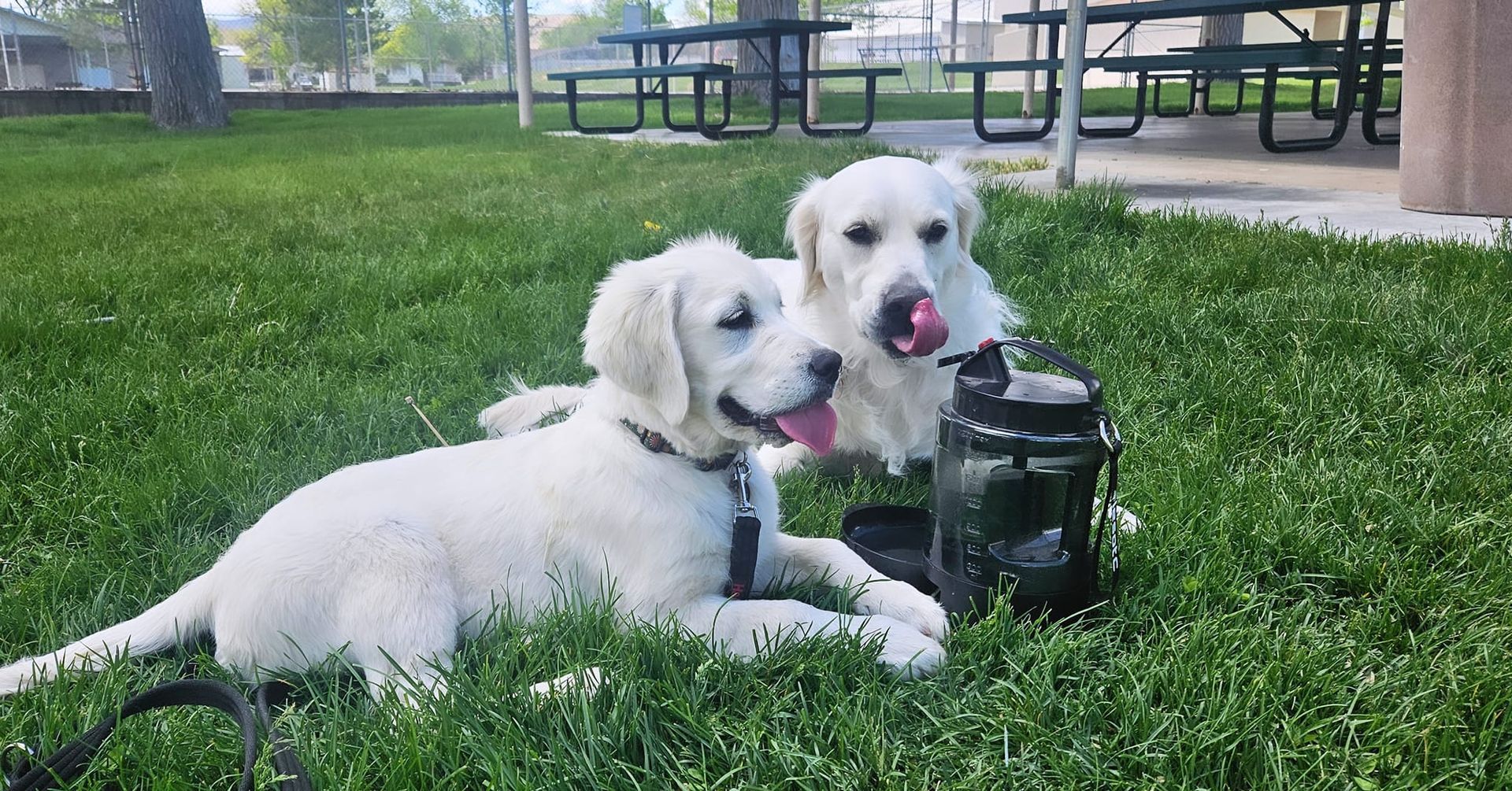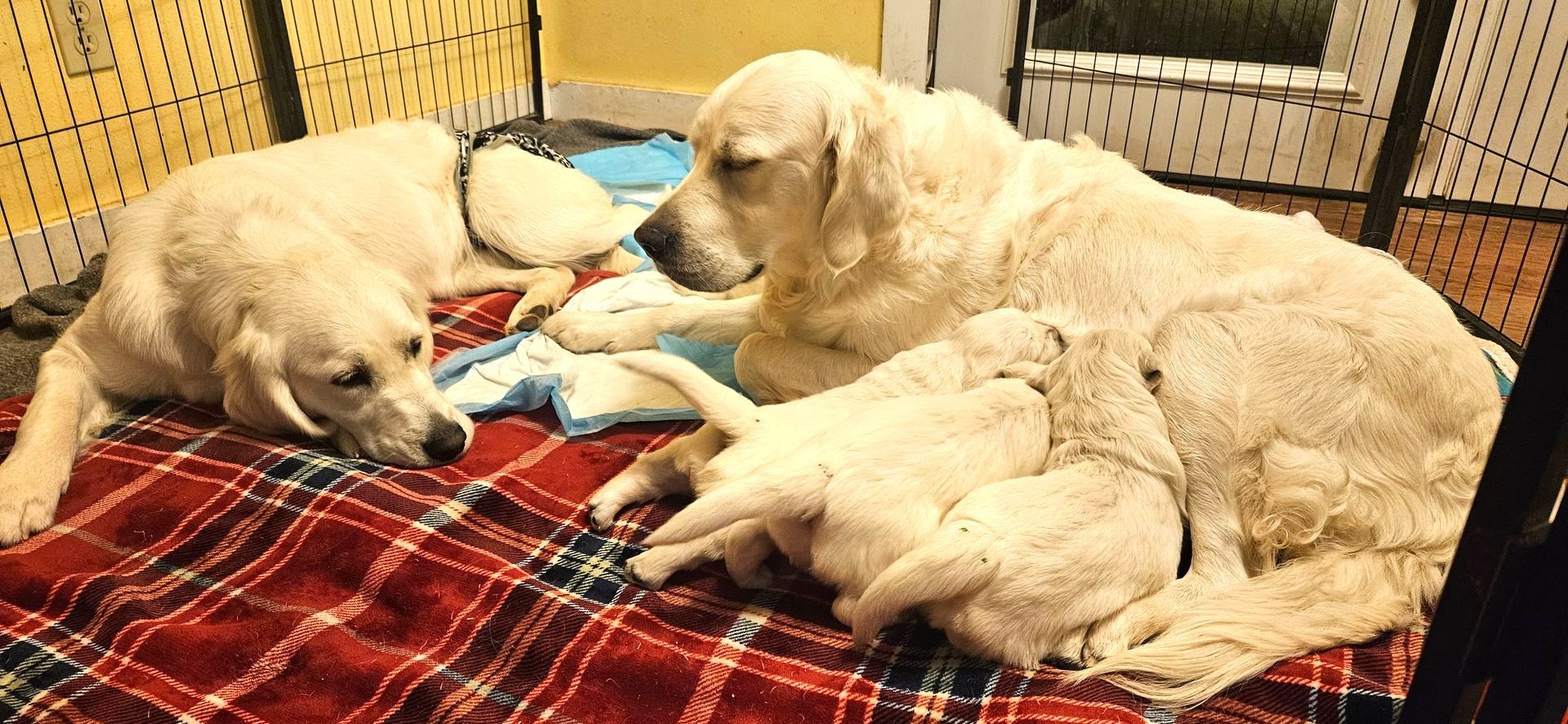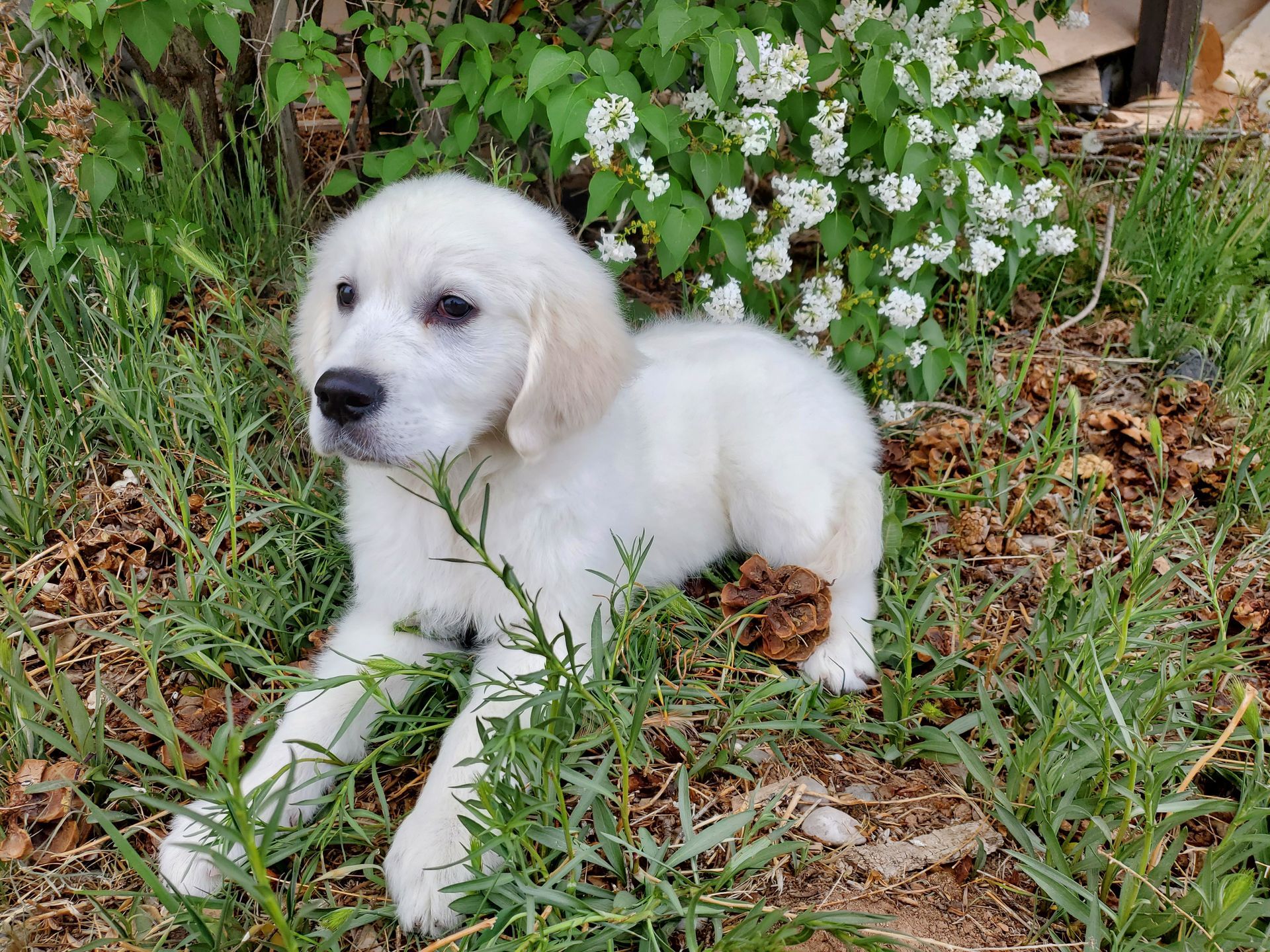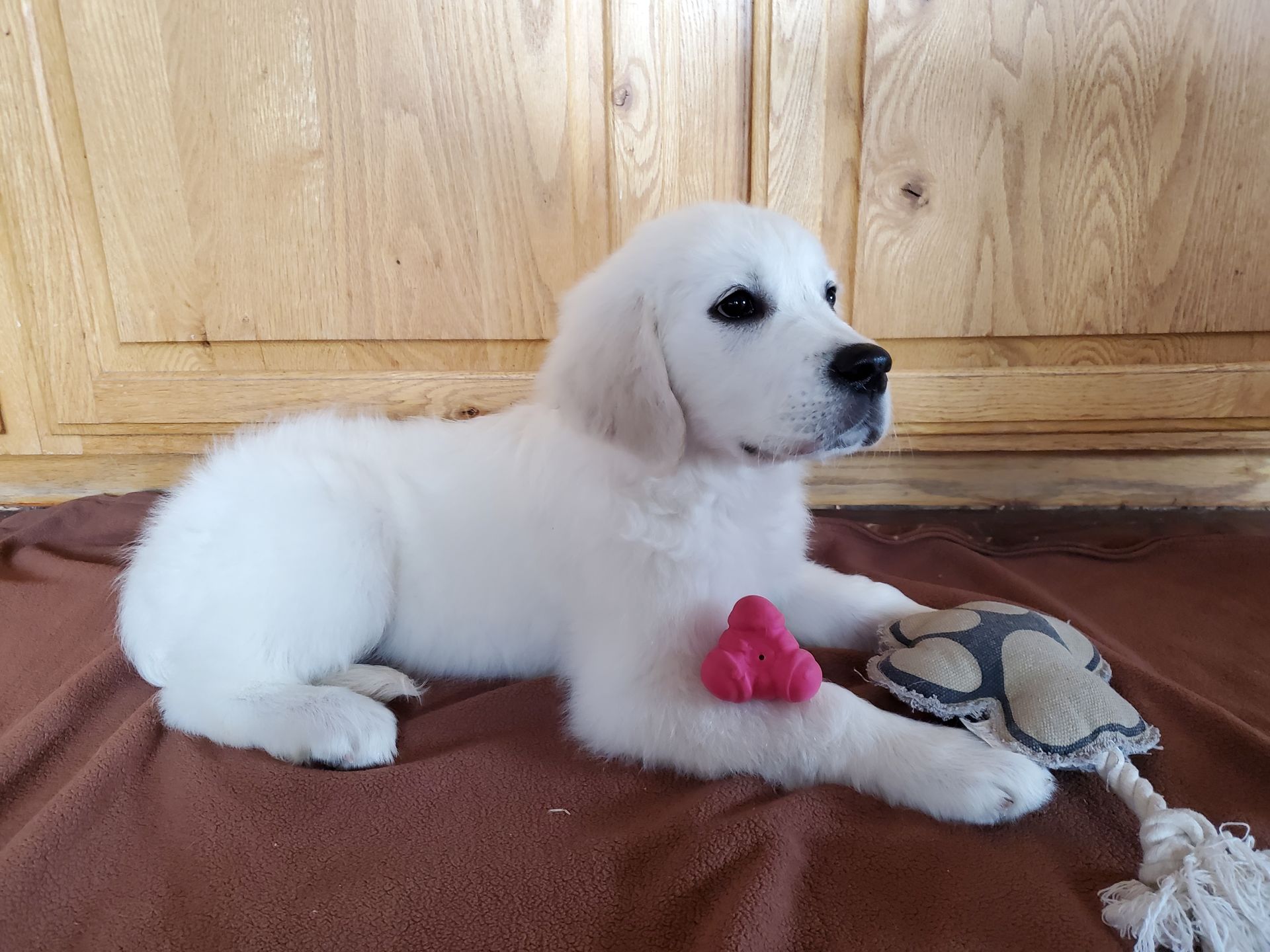House Training
Ultimate Guide to House Training Your Puppy
Welcoming a new puppy into your home is exciting but teaching them where and when to go potty is one of the most crucial steps to ensure harmony in your household. House soiling is one of the top reasons dogs are surrendered to shelters, as few people can tolerate a dog who constantly has accidents indoors. By following a consistent training plan, you can set your puppy up for success from the start. Let’s dive into the essentials of house training!
1. Choose a Dedicated Potty Spot
One of the first steps in potty training is choosing a specific spot outside for your puppy to do their business. The consistency of returning to the same location helps reinforce the behavior of going potty in that designated spot.
- Tip: If possible, pick a quiet, easy-to-access spot. The fewer distractions, the easier it will be for your dog to focus on the task at hand.
2. Stick to a Schedule
Puppies thrive on routine. Setting up a consistent schedule for meals, play, and potty breaks will help your dog understand when it's time to go outside.
- Meal time routine: Feed your dog at the same time every day. This helps regulate their digestive system, so they will be more predictable in needing bathroom breaks.
- Post-meal potty breaks: Take your puppy outside right after they finish eating. This is often when they need to go the most.
3. Use a Cue Word or Phrase
Using a specific word or phrase like "go potty" each time you take your puppy to their designated potty spot will help them associate the command with the action. After some repetition, your dog will begin to understand that this is their cue to relieve themselves.
- Tip: Stay consistent with your choice of words. Whether it’s "go potty" or "do your business," pick one phrase and stick with it. This consistency will make it easier for your pup to learn.
4. Reward Good Behavior with Positive Reinforcement
Puppies respond best to positive reinforcement. Every time your pup successfully goes in the correct spot, shower them with praise, affection, and a treat. Over time, they’ll associate going potty in the right place with receiving a reward.
- Tip: Be enthusiastic when your dog does the right thing! Your excitement will let them know they’ve done something great.
5. Potty Frequency: Start Early and Often
Puppies have small bladders and can't hold it for long. In the early stages, take your puppy out frequently—about every 30-60 minutes—and after activities such as playtime or naps.
- What if they don’t go? If your puppy doesn't relieve themselves after 10 minutes outside, bring them back in and try again after 15 minutes. Puppies often need a bit of time to get the hang of things.
6. Use Leashes and Kennels to Keep an Eye on Your Puppy
Leash training is an excellent way to monitor your puppy and prevent accidents. If your pup starts sniffing around and appears ready to squat, this is your cue to rush them to the potty spot. When you can’t supervise your dog directly, keep them in a kennel. Since dogs generally avoid soiling their living space, a kennel can help manage your puppy’s bathroom habits.
7. Correcting Mistakes—In the Moment Only
Accidents will happen, and it's essential to know how to handle them properly. The key is to act quickly—if you catch your dog in the act, gently pick them up and move them to their potty spot. But if you find the accident later, just clean it up and move on.
- What NOT to do: Never punish your puppy after the fact. Rubbing their nose in their mess or scolding them hours later won't teach them anything and will only confuse or scare them. Instead, use an enzymatic cleaner or white vinegar to remove the odor completely, so they don't return to that spot.
8. Potty Training Troubleshooting: Dealing with Setbacks
It’s not uncommon to hit a few bumps in the road. If your puppy is struggling with house training, here are some tips to get back on track:
- Increase supervision: If your dog continues to have accidents, try keeping them on a leash with you or in their kennel when you can’t watch them.
- Reevaluate the schedule: Make sure your puppy is getting enough chances to go outside, especially after meals or naps.
- Rule out medical issues: If accidents persist despite proper training, consult your vet. There could be an underlying health issue, such as a urinary tract infection.
Wrapping Up
House training can be challenging, but with patience, consistency, and a lot of positive reinforcement, your puppy will learn where and when to do their business. Remember, every dog is different, so some may take longer than others to grasp the concept. Stick with it, and soon you’ll have a well-trained dog who’s a pleasure to live with.







